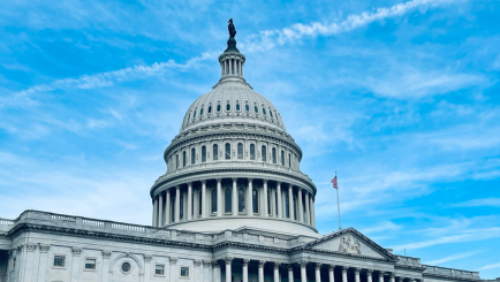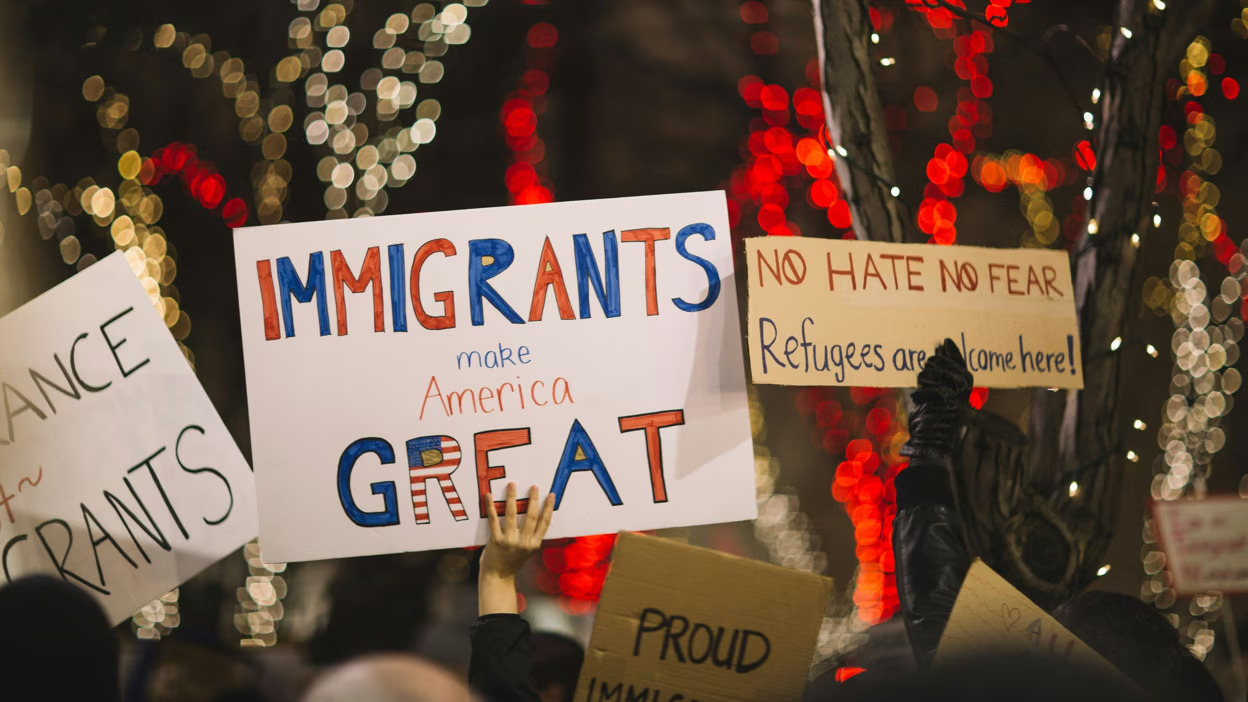As of May 2024, this fact sheet is currently being updated. The information currently on this page is out of date. Please check back soon for an updated version.
The Immigrant Investor Program, also known as “EB-5,” has become an increasingly important source of investment for development projects in the United States, attracting billions of dollars to the U.S. economy and creating tens of thousands of jobs in the United States. However, the program is unlike any other managed by U.S. Citizenship and Immigration Services (USCIS) in that it is the only visa program whose stated purpose is to create jobs and growth. This mandate creates special challenges and opportunities.
How Does the EB-5 Program Work?
- The EB-5 program is currently the only visa program designed to allow foreign investors to gain permanent residence (a “green card”) in the United States. It requires a minimum investment of $1 million, or $500,000, if the investment is in a rural or targeted high unemployment area where unemployment is 150% of the national average. The investment also must result in the creation of at least 10 jobs.
- There are 10,000 EB-5 visas available each Fiscal Year (FY).
- To qualify for the EB-5 program, immigrants can invest directly in a job-creating business, or can invest through regional centers approved by USCIS to promote economic growth in designated areas.
- If the investor’s initial application is approved, the investor can apply for conditional residence in the United States. Once approved, the conditional residence lasts two years. After two years, the investor can apply to have the conditions removed and have the conditional residency made permanent, but only if the investment has resulted in the creation of a minimum of 10 jobs, as required.
History of the Program
- Congress created the EB-5 Immigrant Investor Program in 1990 to stimulate the U.S. economy through job creation and capital investment by foreign investors.
- In its early years, the program was undersubscribed, with only a handful of the 10,000 available visas being used each year. This was in large part due to the long and complex application process, changes in financial requirements, and the fact that denial rates for investor petitions were very high. In 2005, USCIS created an Investor and Regional Center Unit to increase oversight and internal coordination and issued new draft recommendations designed to accelerate processing and increase efficiency.
- Since 2005, approval rates have improved: the denial rate for petitions to remove conditions on permanent residency has dropped from 38% in 2005 to 6% in 2012, greatly improving the odds of success and the reliability of the program as a vehicle for investors to obtain residency.
- Partly as a result of these reforms and partly in response to the tight financial markets created by the recession, the popularity of the EB-5 program as a vehicle for raising capital has increased dramatically over the last decade.
- The number of EB-5 visas issued to foreign investors increased from a low of 64 in 2003 to more than 1,300 in 2008, according to a 2010 government-commissioned study by ICF International.
- The number of visas issued to investors in regional centers (the economic entities that manage the vast majority of investment projects using the program) reached 9,130 in 2014, according to the State Department. A total of 9,228 visas were issued in FY 2014, including non-regional center direct-investment projects.
What are Regional Centers?
- A regional center is an economic entity, public or private, that promotes economic growth, regional productivity, job creation, and capital investment. To obtain an official “regional center” designation, the entity must submit a proposal to USCIS. For approval and an official “regional center” designation, USCIS requires that the proposal show how the center will promote economic growth in a geographical region within the United States.
- Although the designation of regional centers does not imply government endorsement or eliminate or reduce risk, an investor in a regional center project can take advantage of a more expansive concept of job creation, including both “indirect” (jobs created collaterally from EB-5 investment) and “direct” jobs (those jobs created as a direct result of EB-5 invest funds), in order to qualify the applicant for the visa. An example of an indirect job would be any full-time job at a hotel due to a hotel being built through EB-5 investments by a regional center (hired within the two years of the investment).
- The regional centers can serve an important role by vetting investors and investment projects to ensure high-quality, long-term job creation.
- Regional centers are multiplying and have become the predominant vehicle for EB-5 investment. As of January 4, 2016, USCIS has approved approximately 790 regional
What is Congress Doing on EB-5?
- Despite the increased usage of the EB-5 program, it remains a provisional visa program. Since its inception, Congress has reauthorized the program several times, most recently in December 2015. Currently it is set to expire on September 30, 2016. Congress must act in order to keep the program running after this date.
- The EB-5 program also is not without controversy. A 2015 Government Accountability Office report concluded that USCIS needs better oversight of the program in order to detect and prevent fraud. Specifically, the report included “uncertainties in verifying that the funds invested were obtained lawfully and various investment-related schemes to defraud investors.” This has led some members of Congress—both Democrats and Republicans— to seek changes to the program to enhance oversight and fraud detection. Currently, there are different bills in the House of Representatives and the Senate to reauthorize the program with some changes. One bill in the House would make the program permanent; another in the Senate would reauthorize the program for five years.



